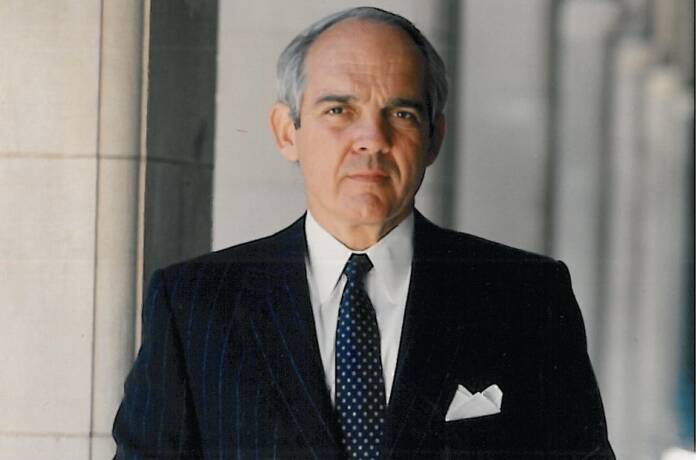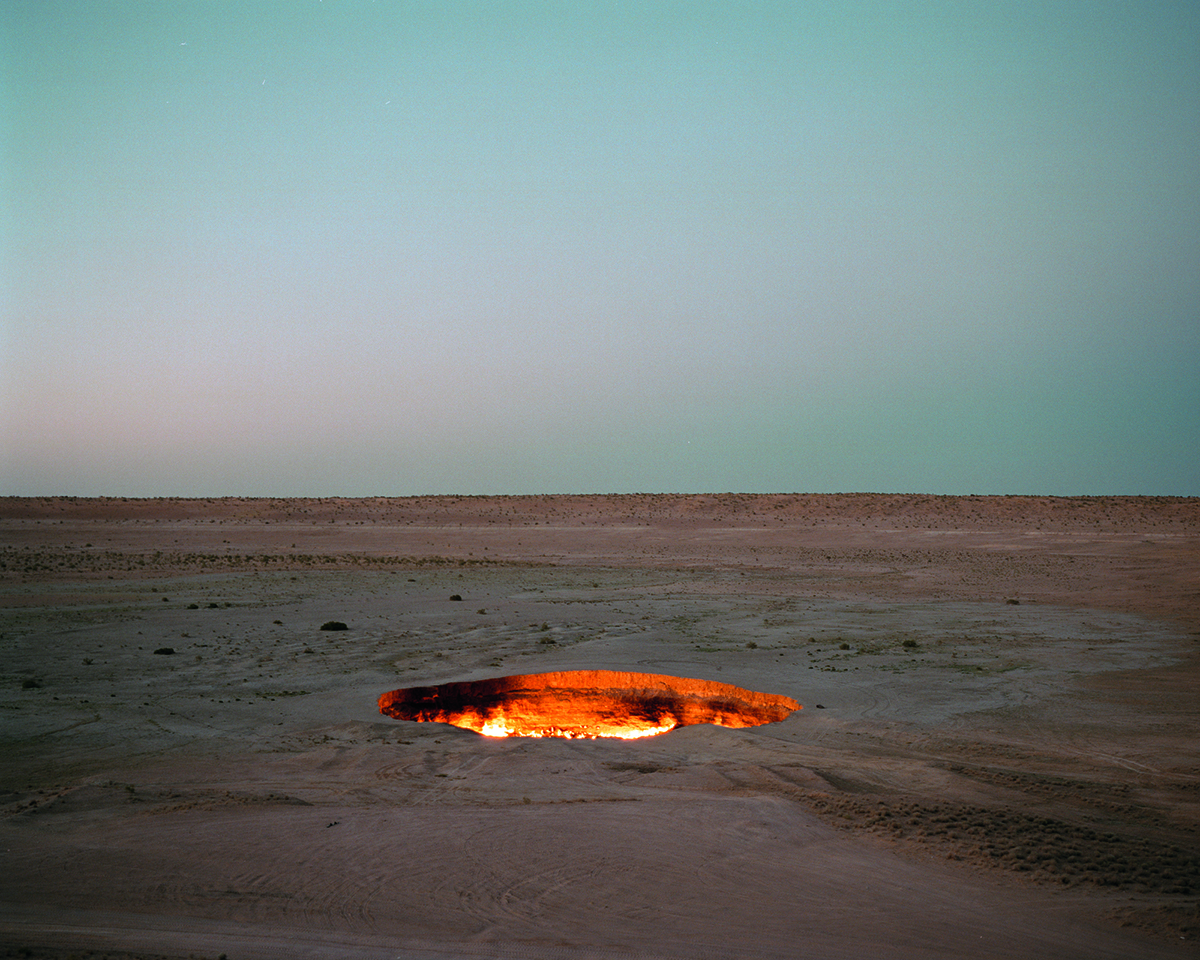
Chloe Dewe Mathews, The Door to Hell, Turkmenistan 2012, from the series Caspian: the Elements
Our sister company, Quartet Consulting, has launched a new photography prize to highlight important issues in sustainability. We live in an era in which we are becoming increasingly aware that we can’t get something out of our planet without affecting something else – usually negatively. Farming is affected, as are many other sectors, and wine (and champagne) is a product of farming. Pesticides poison the ecosystem and threaten biodiversity, as does overcropping, exhausting the soil.
For more than 20 years the redoubtable Champagne house Louis Roederer has been engaged in a “renaissance viticulture’. This allows all the nuances of the Champagne terroir to be fully expressed, through massal selection, gentle pruning, and daily practices that respect the living environment. It also uses virtuous practices inspired by the permaculture model, which allow the ecosystem to self-regulate. These include the use of biodynamic composts, allowing the land to lie fallow for long periods, maintaining hedgerows and low stone walls, growing fruit trees and installing beehives.
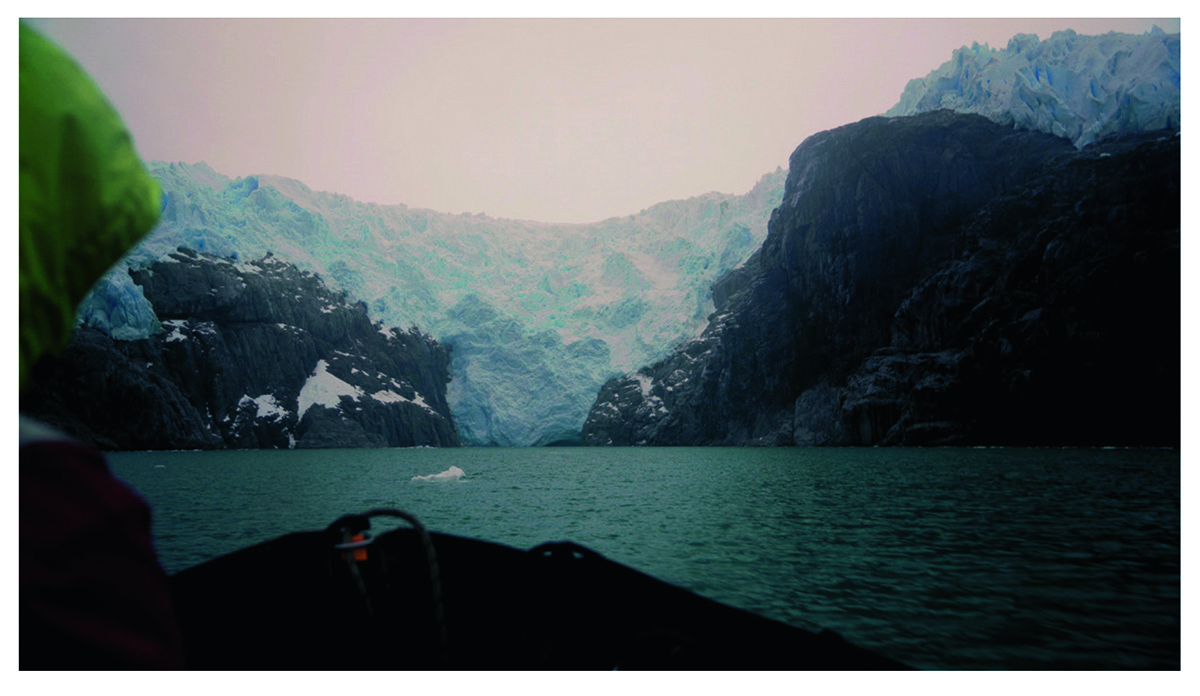
Akosua Viktoria Adu-Sanyah, Point In Time [Santa Inés Glacier, Seno Ballena]
Follow LUX on Instagram: luxthemagazine
Meanwhile, the family’s Louis Roederer Foundation in Paris has, since it was founded in 2003, supported emerging artistic photographers. So, it seems only natural that these two strands have come together in the inaugural Louis Roederer Photography Prize for Sustainability, launched in London this season by LUX’s sister company, Quartet Consulting. The prize brings together some of the most important art-world names. Among the judges are Azu Nwagbogu, the founder and director of both African Artists’ Foundation (AAF) and the Lagos Photo Festival; Maria Sukkar, an uber collector, whose ISelf Collection was on show at the Whitechapel Gallery in 2017; Brandei Estes, the director and head of the Photographs Department at Sotheby’s; and Darius Sanai, the editor-in-chief of LUX.
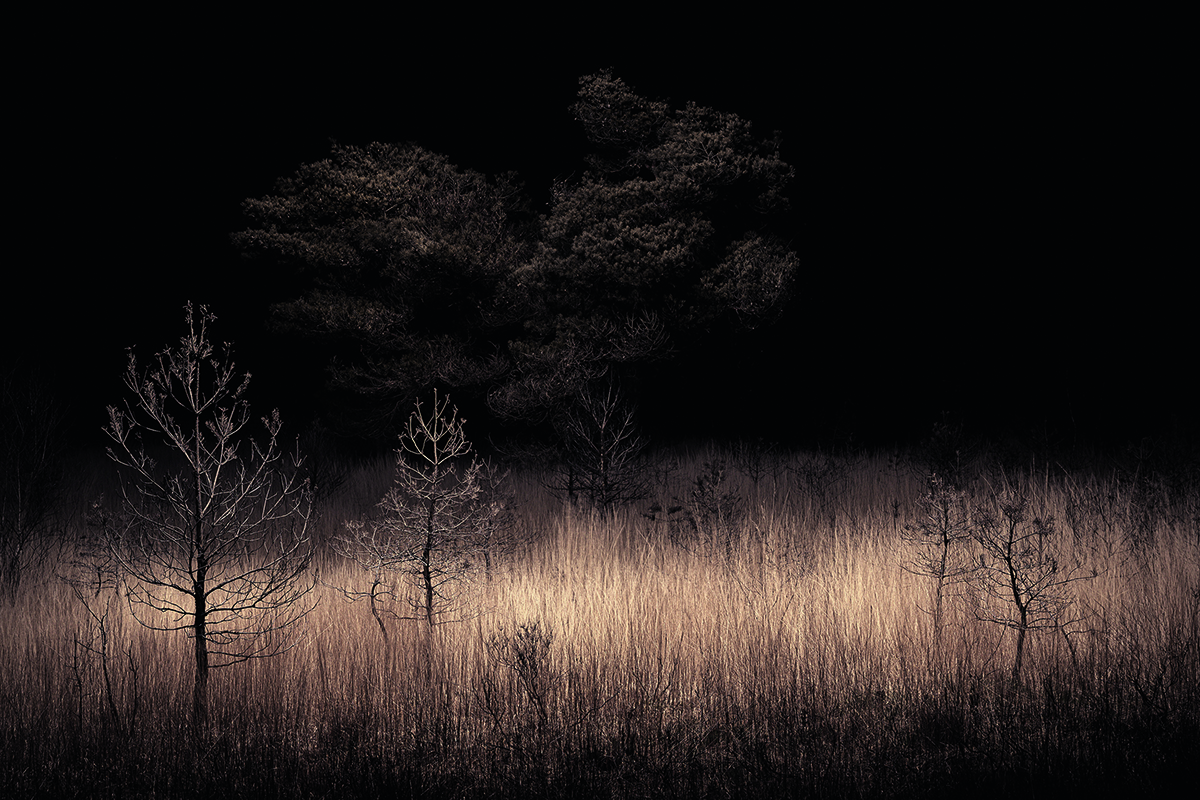
Emergence (from Twilight Series)
The nominators, who selected the photographers for the judges, read like a hall of fame of the art and photography world, including the artist Shirin Neshat, Photo London founder Fariba Farshad, David Hill of David Hill Gallery in London, and the artist and photography curator Cheryl Newman.
Read more: Professor Nathalie Seddon On Biodiversity And Climate Resilience
The theme of the inaugural prize was Terroir, a French term used to describe how a region’s environmental conditions affect the production of wine – used here to showcase how photographers globally are using their art to capture issues relating to sustainability.
As the spotlight on climate change intensifies, a host of awards have tackled the subject through photography, including the Italian Sustainability Photo Award, among others. In 2017 the Foundation launched its Louis Roederer Discovery Award in conjunction with the eminent Rencontres d’Arles, the first international festival of photography.
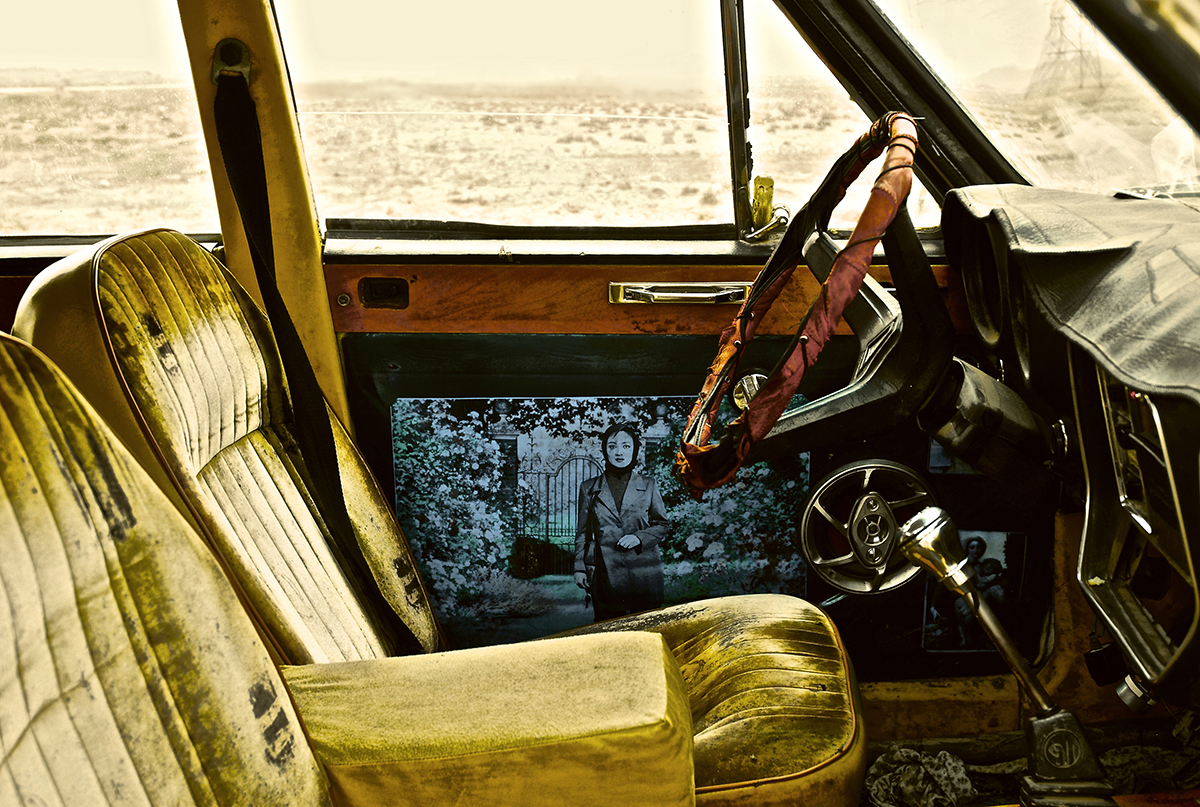
Sahab Zaribaf, superannuation
“The Louis Roederer Photography Prize for Sustainability has come at the time when ecology, sustainability and a reimagining of our life methods need further interrogation and investigation,” explains Nwagbogu. “Every aspect of our contemporary life is improved or illuminated through photography, and I was glad to see so many talented artists recognised for their contribution to humanity and sustainability through photography.”
Read more: Artist Precious Okoyomon on Nature & Creativity
Sanai says, “it was both wonderful and disconcerting to be chair of the judges and creator of this magnificent prize. Wonderful, because the breadth and depth of creativity and execution in the art of photography was astounding. Disconcerting, because it is impossible to make a quality of judgement around such different but brilliant interpretations of the theme.”
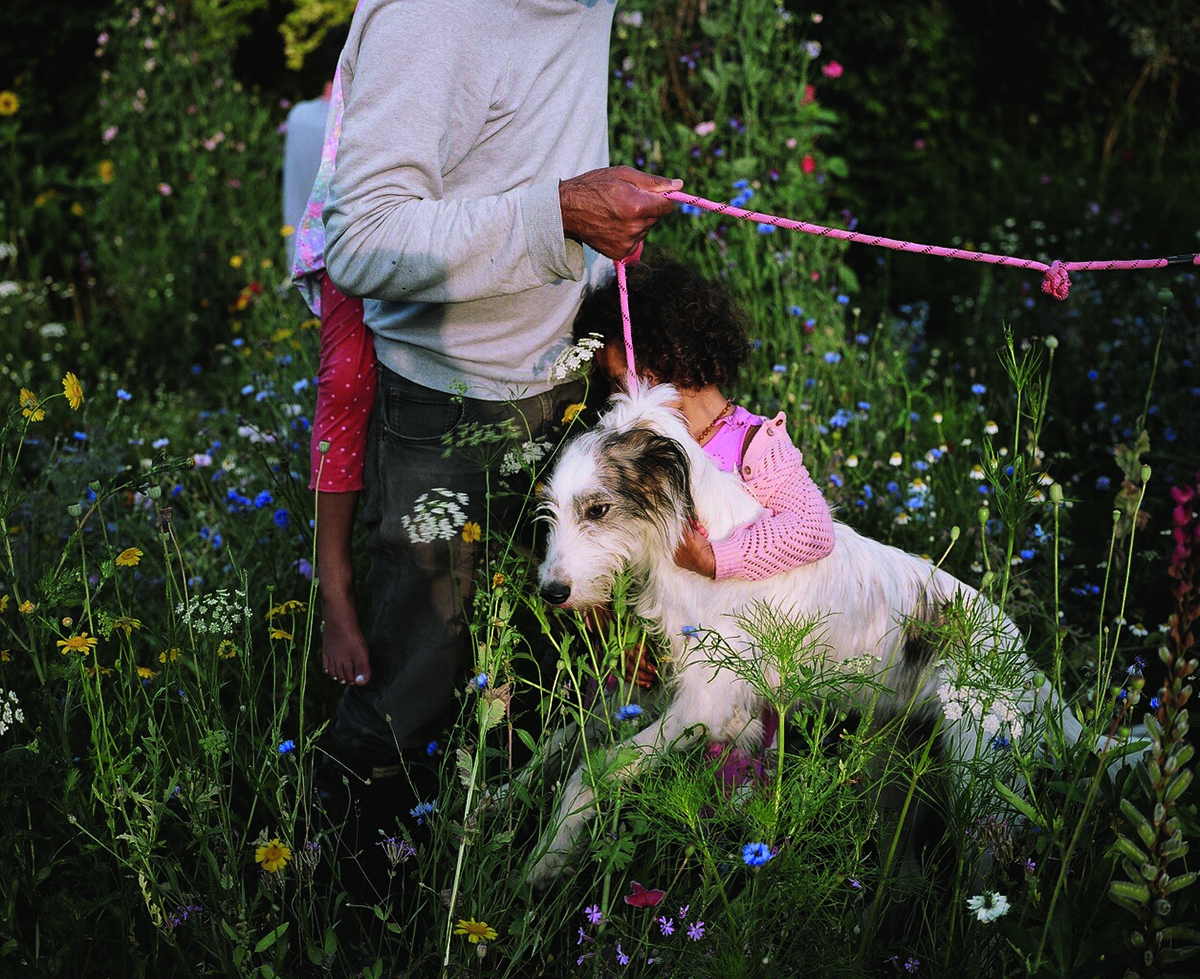
Sian Davey, Untitled/WIP
Of the 26 entrants, we present below the six shortlisted photographers. The winner and two runners-up were announced in late spring. The winner will have their works considered for the Foundation’s collection, alongside a cash prize of £5,000, an exhibition at the Nobu Hotel Portman Square, plus some rather special champagne.
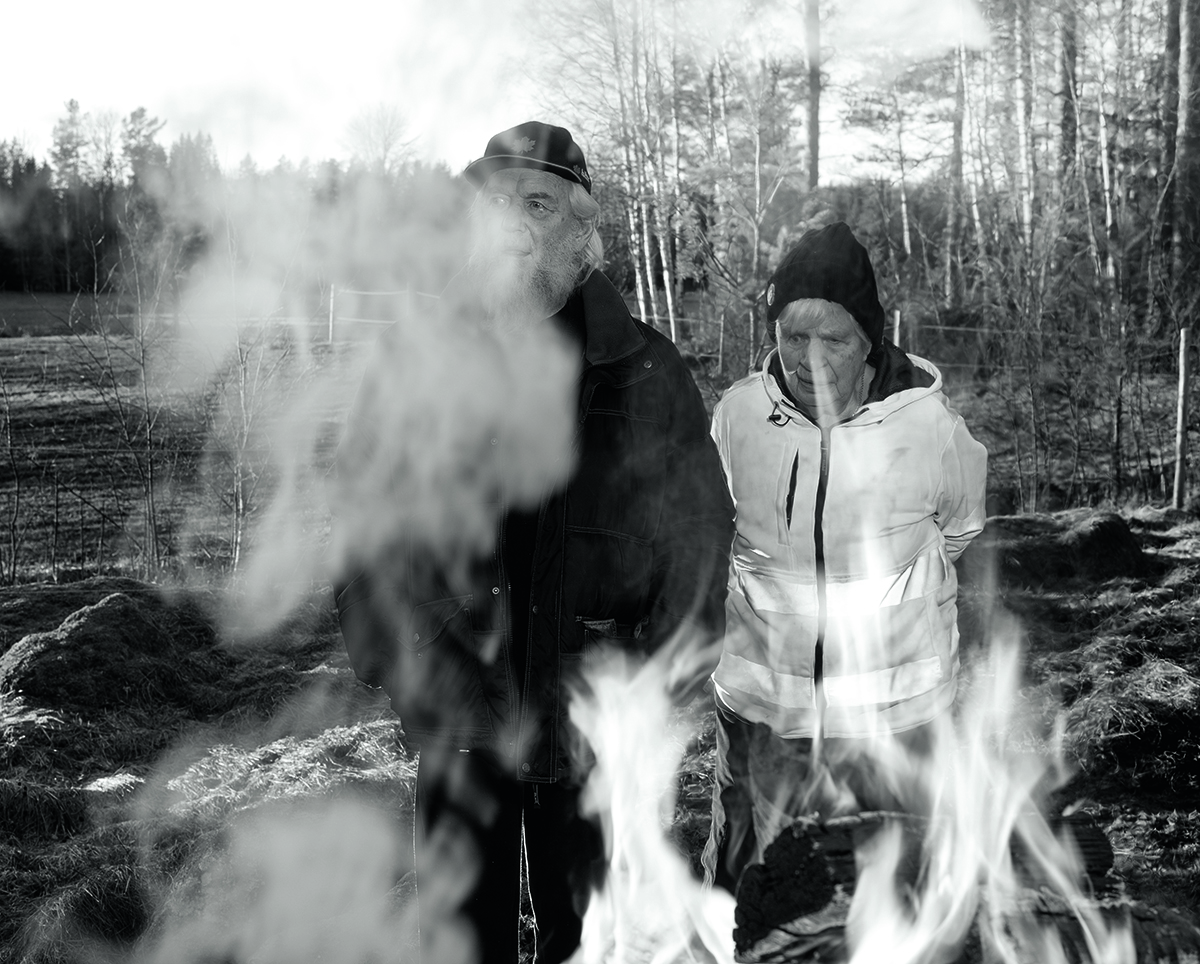
Elizabeth Bick, Winter light
“The prize celebrates two of my favourite interests: the power of photography and a concern for our planet,” says Maryam Eisler, one of the judges.
Nominator Midge Palley on photographer Chloe Dewe Mathews
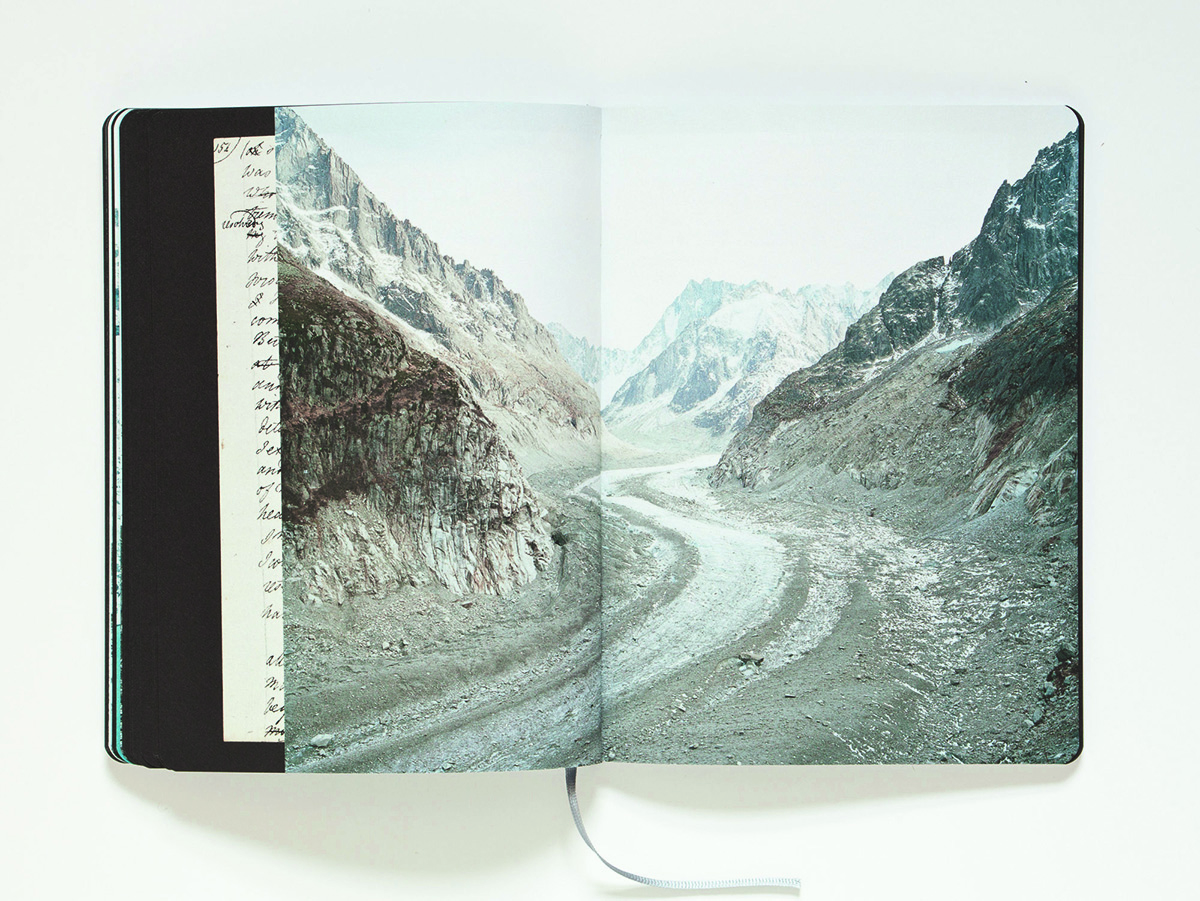
Chloe Dewe Mathews, Spread from the book In Search of Frankenstein 2018
I first met Chloe in a café in London, while trying to get her to take on a photographic project in Provence with me. She finally relented, despite her full schedule. Shoair Mavlian (a curator at Tate Modern) beautifully describes Chloe’s practice as exploring “ways in which photography can project the past onto the present, allowing for time to be expanded and contracted, and multiple narratives to be explored side by side.” I look at the images again and again to appreciate the beauty and intellectual depths of Chloe’s photography.
Judge Carrie Scott on photographer Elizabeth Bick
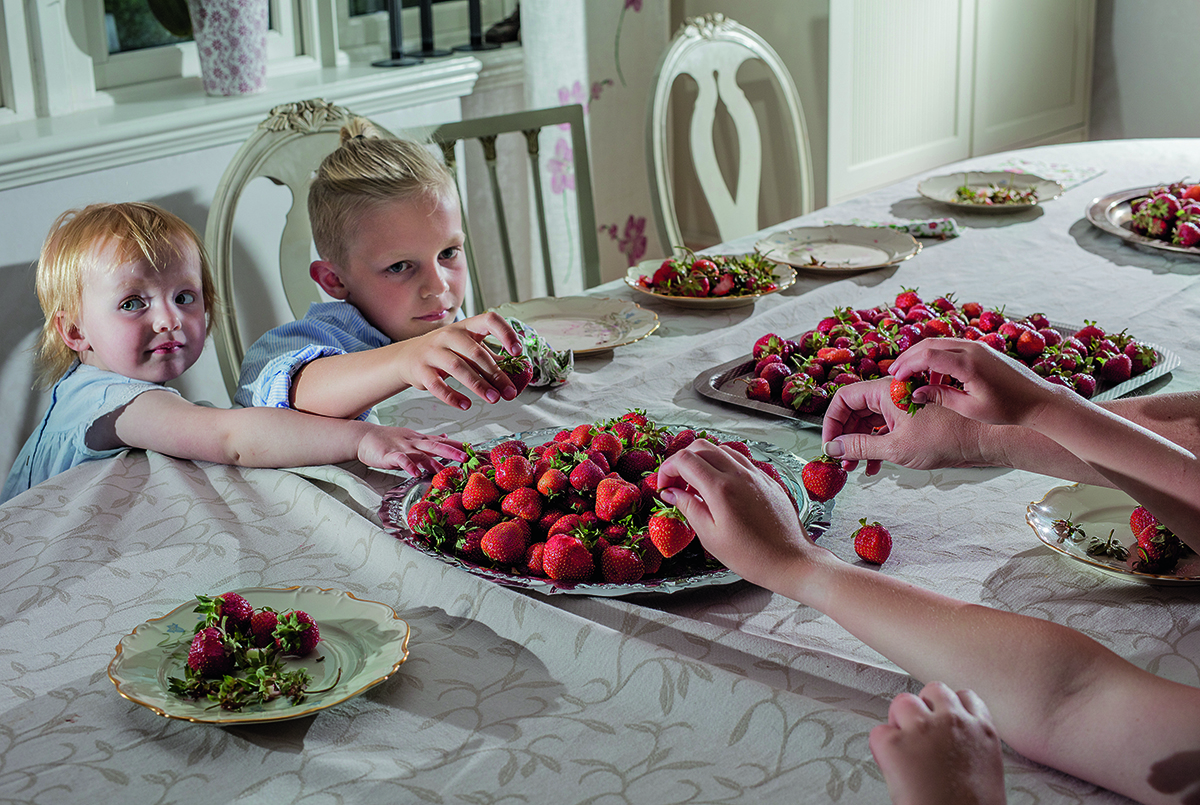
Elizaebth Bick, Wild Strawberries
It was the eerie familiarity, offset by a hyper-real aesthetic that drew me into Elizabeth’s compositions. Pair that with her mission to study the island of Fårö, and a people who live primarily off the natural resources of the land and sea, in a style that references Ingmar Bergman, and I was sold. Her style, in other words, is singularly cinematic and yet anchored in reality. That’s a place I want photography to take me to.
Nominator David Hill on photographer Jasper Goodall
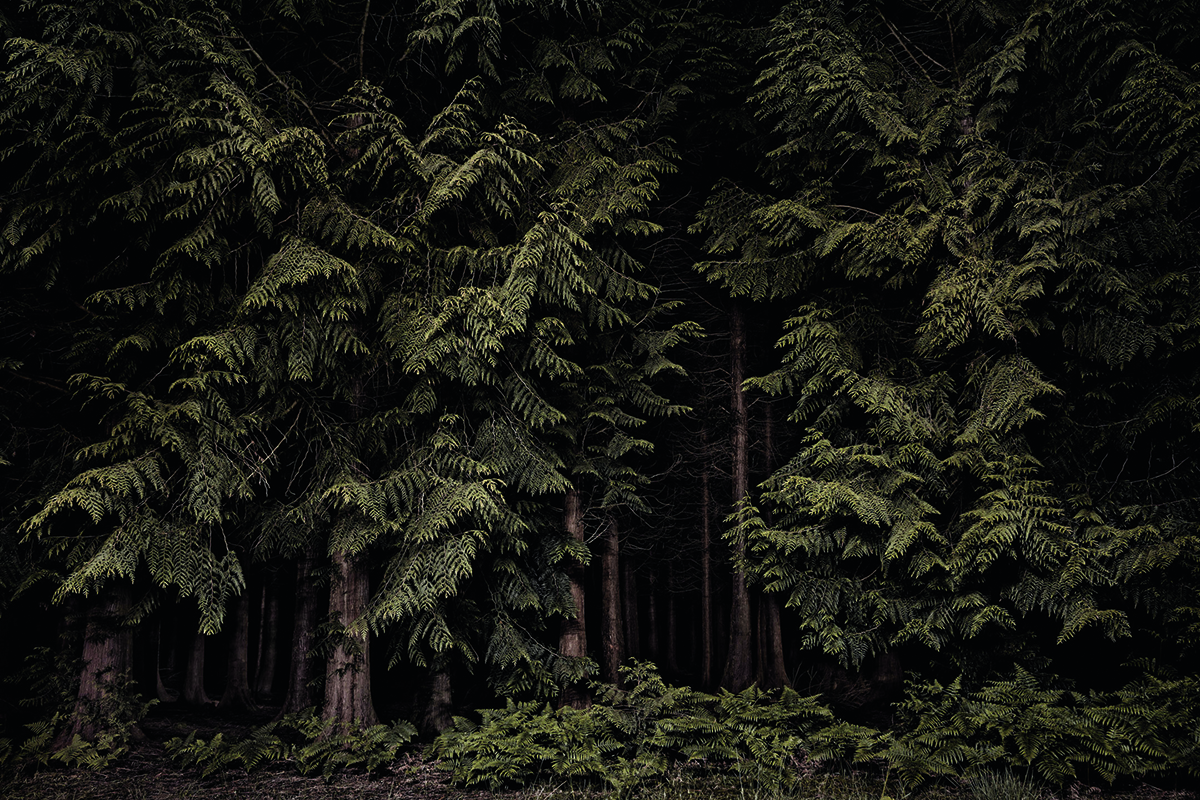
Jasper Goodall, Cedars (from Twighlight Series)
Jasper Goodall’s work carries an elusive magic – his nocturnal images seeming to act like portals to another dimension. His is a very considered approach, not dissimilar to the work of the great American environmentalist photographers of the 20th century, but, here, viewed through the prism of a Brothers Grimm fairy tale. The resulting images are strikingly beautiful and utterly contemporary.
Nominator Cheryl Newman on photographer Siân Davey
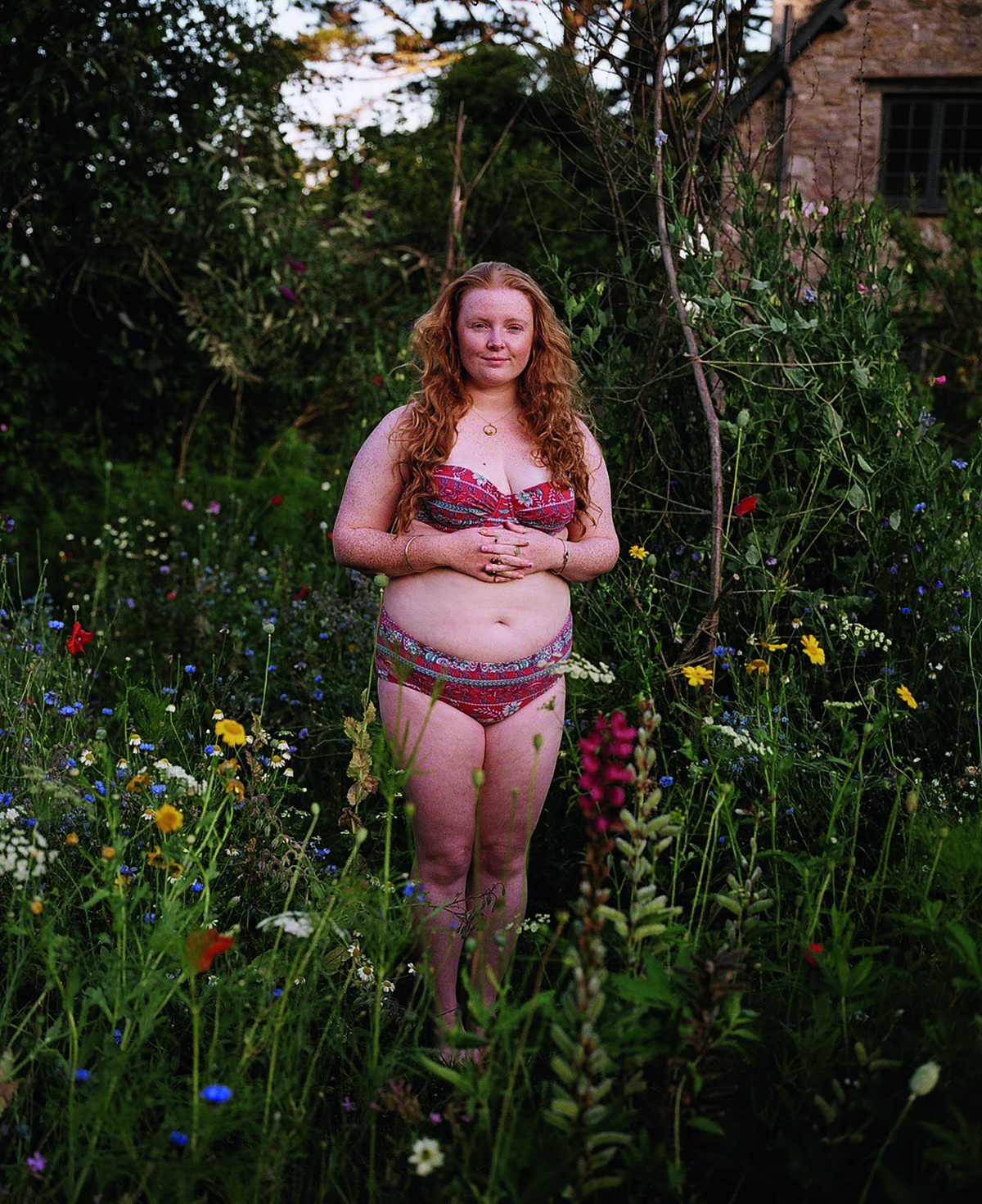
Sian Davey, Untitled/WIP
At a time when our relationship with nature feels increasingly fragile, Siân Davey’s project, ‘The Garden’, offers a space for reconnection and healing. Her portraits are an invitation to share the garden, created with her son Luke, abundant with wildflowers and butterflies. Her series speaks to our humanity, joy and our inherent need to nurture ourselves and our planet.
Judge Maryam Eisler on photographer Sahab Zaribaf
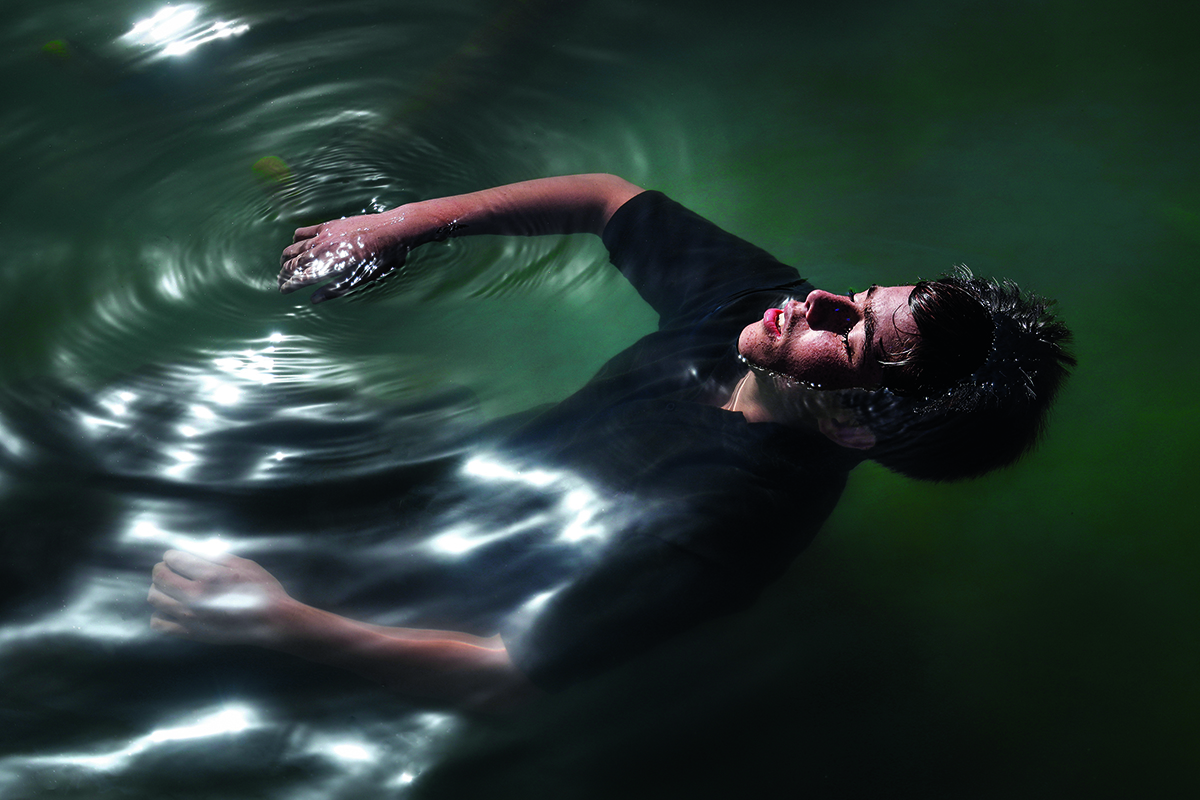
Sahab Zaribaf, Inertia
I had never come across Sahab Zaribaf’s work prior to this prize. And I’m a great believer in first impressions when it comes to photography. Sahab’s work punched me to the core. It belongs to the language of visual poetry: ethereal and timeless, beautiful and painterly. It’s a language that seems to be memory-based, one where absence is more present than actual presence.
Nominator Adama Delphine Fawundu on photographer Akosua Viktoria Adu-Sanyah
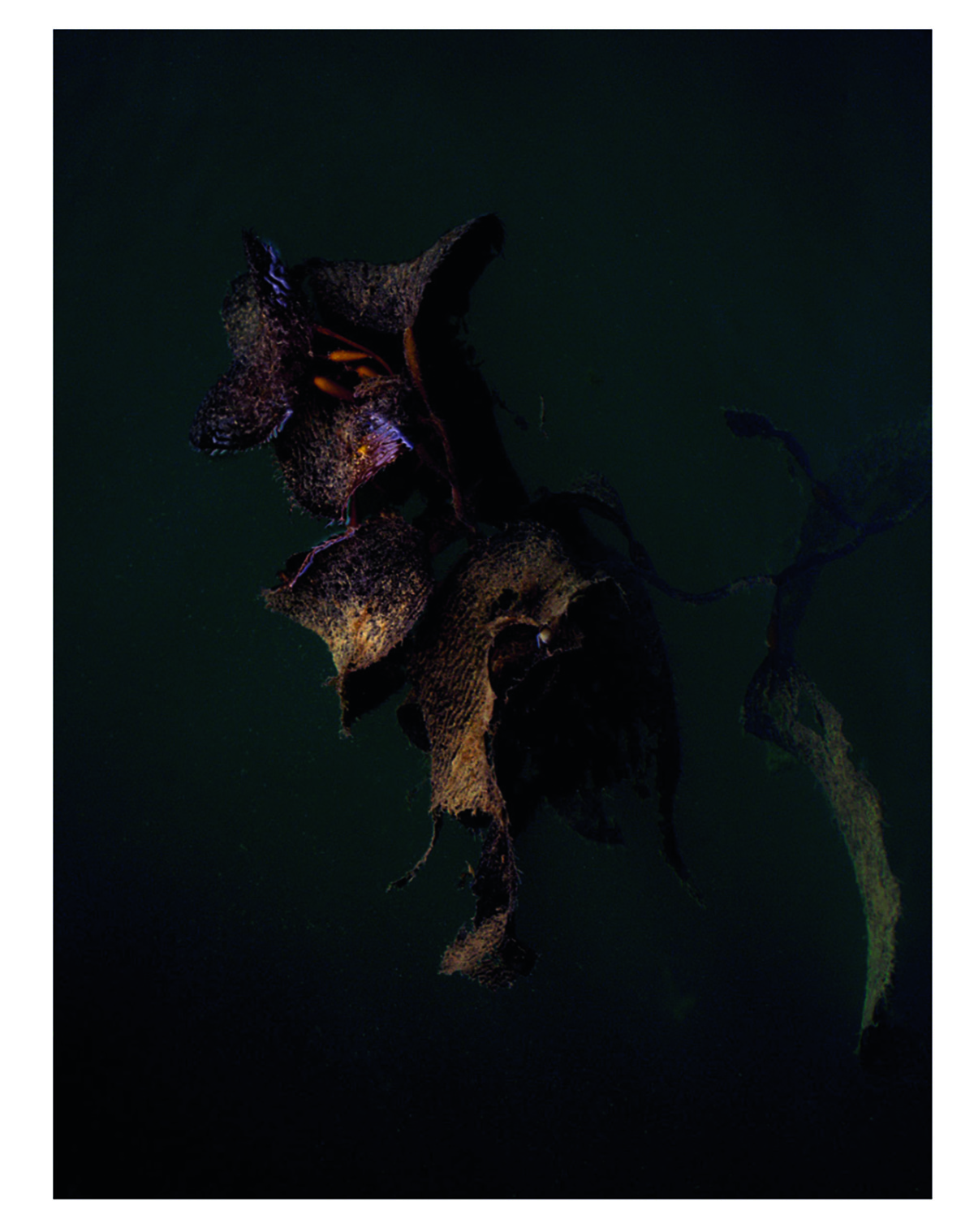
Akosua Viktoria Adu-Sanyah, macrocystis pyrifera [Patagonia]
By Rebecca Anne Proctor
This article appears in the Summer 2022 issue of LUX



